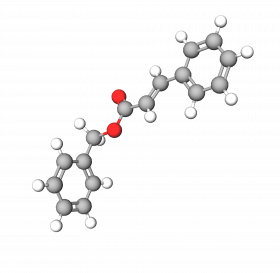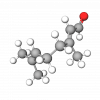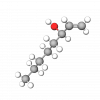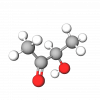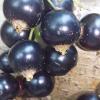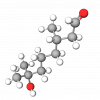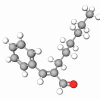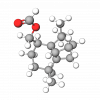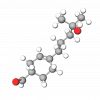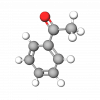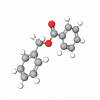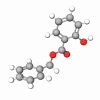Benzyl Cinnamate is a 16-carbon ester (cinnamic acid benzyl ester) commonly used in the food industry as a flavor enhancer in non-alcoholic beverages, baked goods, and candy. It is a white-to-pale-yellow solid, insoluble in water. It has a sweet, balsamic, floral, fruity, and cherry-like odor and is used in perfumes and personal care products as a fragrance or masking agent. It also exhibits antiseptic properties that are effective against bacteria and fungi.
As a food flavoring additive, Benzyl Cinnamate has been assessed by the Expert Committee of the USA Flavour and Extract Manufacturers Association (FEMA) under the provisions of the Federal Food, Drug and Cosmetic Act, section 201 (s), to be generally recognized as safe (GRAS) under current conditions of use.
The Joint FAO/WHO Expert Committee on Food Additives has assessed Benzyl Cinnamate as presenting no safety concerns at current intake levels when used as a flavoring agent. The daily per capita intake is estimated at 1 μg/kg body weight (bw)/day in the USA and 0.7 μg/kg bw/day in Europe. The Council of Europe Committee of Experts on Flavoring Substances has also defined it as a flavoring substance that may be used in foodstuffs at a maximum level of 5 mg/kg.
Benzyl Cinnamate appears on the list of "Permitted Additives to Tobacco Products in the United Kingdom" (Department of Health, 2003) at a maximum permitted level of 0.15 % w/w tobacco in cigarettes.Benzyl cinnamate is a common ingredient in cosmetics. It is a mild dermal irritant, non-mutagenic, and non-toxic, with acute oral toxicity of 3760-5530 mg/kg.
